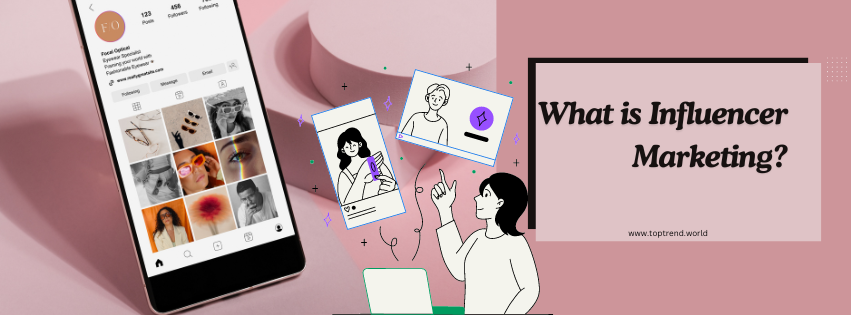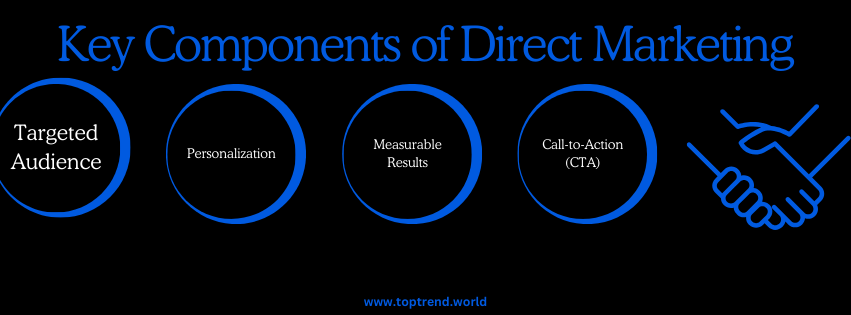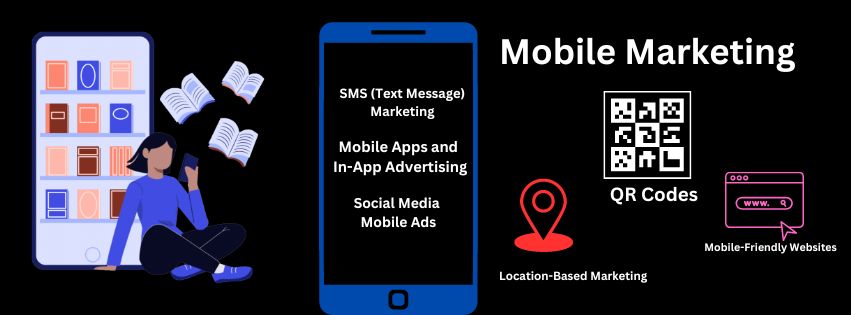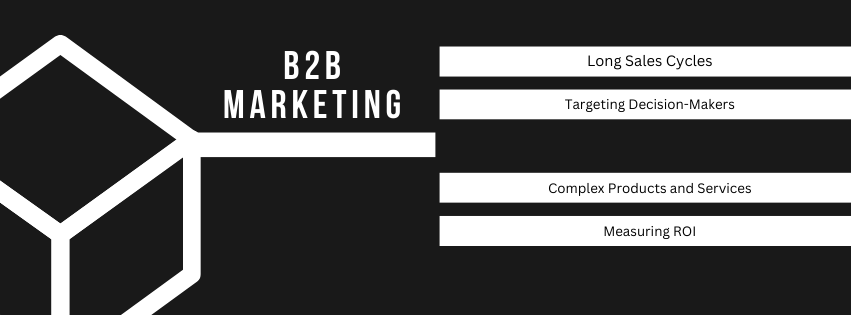In today’s digital landscape, influencer marketing has emerged as one of the most effective strategies for brands looking to connect with their target audience. It involves partnering with influencers—individuals with a significant following on social media platforms—to promote products or services. When done right, influencer marketing can boost brand visibility, drive sales, and build strong customer loyalty.
In this blog, we’ll explore what influencer marketing is, why it’s effective, and how you can develop successful influencer marketing campaigns.

What is Influencer Marketing?
Influencer marketing is a type of collaboration between brands and influencers to promote products or services. Influencers typically have a loyal audience in a specific niche, which could range from beauty and fashion to fitness, technology, and gaming.
These influencers have the ability to sway their followers’ purchasing decisions by endorsing or recommending products through social media posts, videos, blogs, and other content. The appeal of influencer marketing lies in the trust that influencers have built with their audience, which makes their recommendations highly credible.
Types of Influencers
- Nano Influencers (1K–10K followers): These influencers have a smaller, but highly engaged following. They often have strong personal connections with their audience, which can lead to higher trust and authenticity.
- Micro Influencers (10K–100K followers): Micro-influencers have a more substantial following and are considered experts in their niche. They’re often sought after for their focused content and influence within a specific community.
- Macro Influencers (100K–1M followers): These influencers have broader reach, making them ideal for campaigns that require large-scale brand awareness. They typically have expertise in their field and a professional approach to collaborations.
- Mega Influencers (1M+ followers): These are celebrities or highly popular online figures. Partnering with mega influencers can give a brand mass exposure, but these collaborations are often expensive and may not have the personal touch that smaller influencers can offer.
Why Influencer Marketing Works
- Authenticity: Influencers build strong relationships with their followers based on trust and relatability. When they recommend a product, their audience views it as a genuine endorsement, rather than a traditional advertisement.
- Targeted Reach: Brands can tap into specific communities by choosing influencers whose followers align with their target market. This targeted approach helps maximize the impact of the marketing campaign.
- Higher Engagement: Influencers often have higher engagement rates compared to brand accounts. When influencers share content about a brand, their audience is more likely to interact, comment, and share, creating organic word-of-mouth marketing.
- Improved Credibility: Influencers are seen as experts in their field, which gives their endorsement an added layer of credibility. A recommendation from a trusted influencer can be more powerful than any ad campaign.
How to Build a Successful Influencer Marketing Campaign
- Define Your Goals and Objectives Before starting your campaign, outline clear goals. Do you want to increase brand awareness? Drive sales? Build a social media following? Defining your objectives will help guide the rest of the campaign.
- Identify the Right Influencers Choosing the right influencers is crucial to the success of your campaign. Look for influencers who:
- Have an engaged audience that matches your target market.
- Align with your brand’s values and messaging.
- Consistently produce high-quality content. Tools like BuzzSumo, Traackr, and HypeAuditor can help you identify and evaluate influencers based on factors like engagement rates, follower demographics, and authenticity.
- Set a Budget Influencer marketing costs can vary widely, depending on the influencer’s follower count, engagement rate, and the type of content being produced. Your budget should include compensation for influencers, content creation, and any additional costs, such as product samples or events.
- Create a Campaign Brief A detailed campaign brief helps influencers understand your goals and expectations. The brief should include:
- Key messages and talking points.
- Guidelines on how to present the product or service.
- Content formats and deadlines.
- Details on performance metrics (e.g., tracking codes, hashtags).
- Leverage Multiple Platforms Influencer marketing isn’t limited to one platform. Depending on your target audience, you may choose to collaborate with influencers on Instagram, YouTube, TikTok, or even LinkedIn. Each platform offers different content formats, from Instagram stories to YouTube tutorials, that can appeal to various audiences.
- Measure Results To assess the success of your campaign, track metrics such as:
- Engagement: Likes, comments, shares, and views.
- Conversions: Click-through rates, sales, or sign-ups generated through affiliate links or discount codes.
- Reach: The total number of people exposed to your content.
- Return on Investment (ROI): Calculate the financial impact of your campaign relative to the cost.
- Build Long-Term Partnerships While one-off influencer collaborations can generate short-term results, building long-term partnerships with influencers fosters deeper connections with their audience. It also creates a consistent brand presence in their content.
Influencer Marketing Trends to Watch
- Rise of Nano and Micro Influencers: Brands are increasingly turning to nano and micro-influencers for their authenticity and higher engagement rates. These influencers often provide more niche marketing opportunities at a lower cost.
- Shift to Video Content: With platforms like TikTok and YouTube dominating the social media landscape, video content has become essential for influencer marketing. Short-form videos and live streams are particularly popular.
- Social Commerce: Many platforms now offer features that allow users to make purchases directly through social media, making influencer marketing even more effective for driving sales.
- Authenticity and Transparency: Consumers are becoming savvier and can spot inauthentic content. As a result, influencers are being more transparent about their paid partnerships, and brands are prioritizing authentic collaborations over scripted endorsements.
Conclusion
Influencer marketing is a powerful tool that can help brands connect with their audience in meaningful ways. By partnering with influencers who share their values and resonate with their target market, brands can achieve greater visibility, engagement, and conversions. With the right strategy, influencer marketing can become an integral part of your brand’s marketing efforts, driving lasting relationships with consumers.
As the influencer marketing space continues to evolve, staying up to date with trends and focusing on authenticity will be key to building successful campaigns. Ready to dive into the world of influencer marketing? Start by identifying influencers in your niche, building partnerships, and tracking your results!




